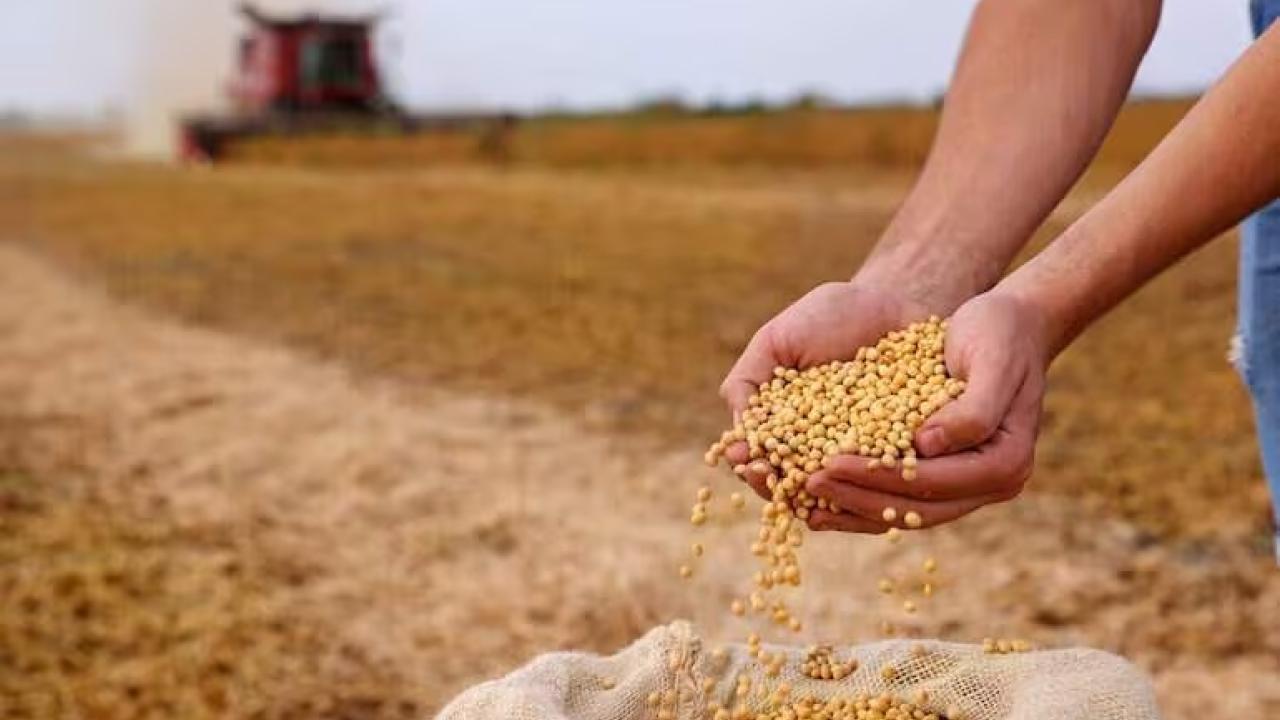
The Paraguayan Chamber of Exporters and Traders of Cereals and Oilseeds (Capeco) highlighted in its closing evaluation
of the year how the improvement in soybean and wheat production translated into a greater export volume.
According to Capeco, shipments of soybeans and their industrial derivatives alone generated foreign exchange earnings of more than US$4 billion, which are also added to payments obtained for exports of corn, wheat, rice and their industrial derivatives, which are close to US$800 million.
Overall, the sector's share amounts to 50% of the country's total foreign exchange earnings from exports. Within the framework of the evaluation, it was highlighted that, despite adverse weather conditions, a record was achieved in soybean production and that the good dynamics of foreign trade in grain and derivatives was maintained.
Although the export of the 2023/24 harvest has not yet been completed, they estimate that the final production volume would be close to 11 million tons, an estimate based on an average productivity of 3,000 kg per hectare, according to the report.
Soybean planting covered 3,300,000 hectares, with a record production that exceeded 10.7 million tons, including the harvest, with very good averages per hectare and reasonable prices, Capeco highlighted. Until November, 7.8 million tons of the oilseed had been exported to Argentina, Brazil and Russia, which are its main destinations, from the 56 authorized markets.
WHEAT AND CORN RESULTS
Wheat is another crop that recorded a very good harvest during 2024. The report from the association emphasizes that, although the area did not exceed 450,000 hectares, its yield and quality were excellent. It is estimated that wheat will reach 1,300,000 tons of production.
Among other winter crops, zafriña corn had a “regular year”, considering that it did not manage to exceed 3,500,000
tons, according to Capeco.
REGULATION 1.115
Capeco highlighted that during the year, the productive sector faced major challenges, such as the low water levels of rivers and the "considerable increase in tariff restrictions disguised as environmental issues such as Regulation 1.115 of the European Union."
In this context, they stressed the importance of “continuing with the work to demonstrate to the world that our production systems are sustainable and to strengthen the institutionality of government entities through the updating of databases and computerization, with the aim of having official documents, with a scientific basis, that reflect the national reality.”









